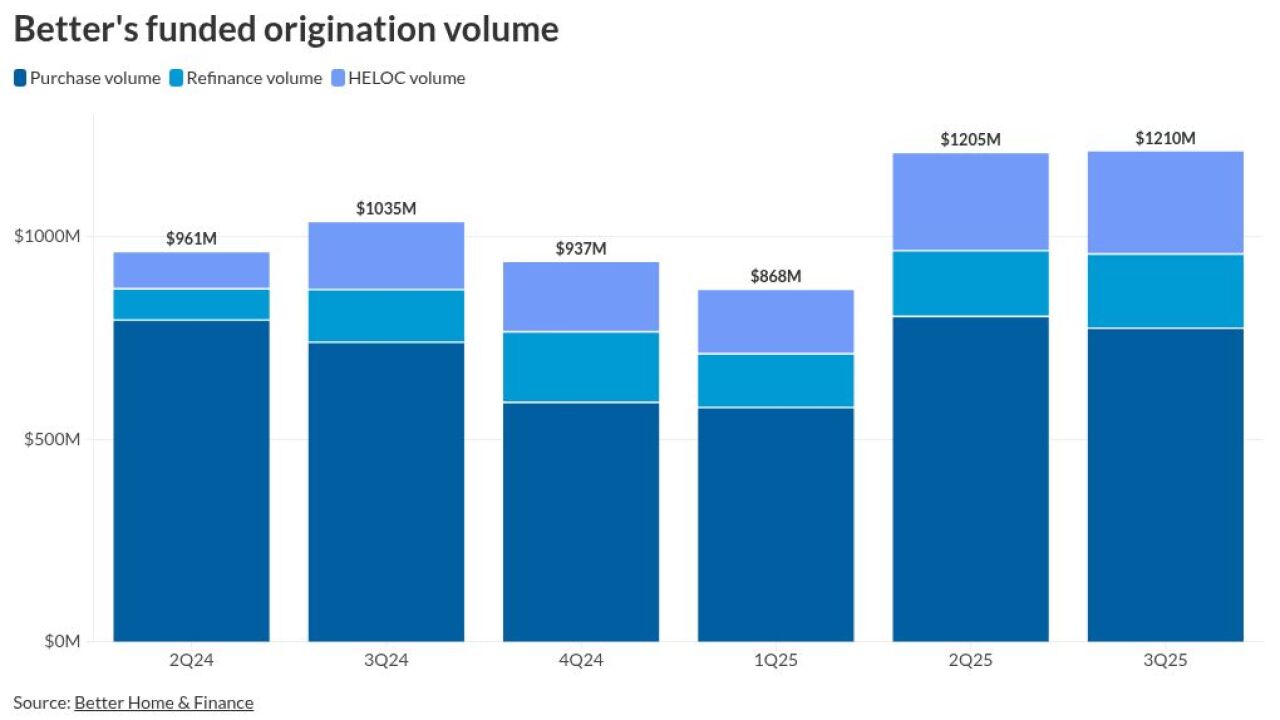A healthy gain in home sales in the Twin Cities metro last month helped push prices to a new high.
During July there was a 4.5% increase in closings with the median price of those sales rising to a record $283,700, according to a monthly report from the Minneapolis Area Realtors.
Those gains were due mostly to a double-digit increase in sales of upper-bracket houses; listings affordable to first-time buyers and downsizing baby boomers were still in short supply, stifling sales in those price ranges.
Despite the increasingly segmented market, Ben Peters, a sales agent with Minnetonka-based Dwell Realty Partners, called it a typical July, a month when home sales after the busy spring market.

"People are out at their cabins, going on vacations, and they put home buying on the back burner," he said. "I definitely felt that with my pool of buyers, and across my listings as well."
Peters said that listings he thought would sell quickly ended up sitting for a few weeks, and that rising economic uncertainties are having only a minor impact on buyers and sellers — only a few of his buyers have decided to delay their purchase.
"I would say those are exceptions to the rule," he said. "Mortgage rates are still at historic lows, so for the most part buyers are still out if full force."
The July report from MAR doesn't represent the impact of global stock market turbulence and declines in U.S. mortgage rates earlier this month. On Thursday, a weekly survey by Freddie Mac showed that the average
Peters said the recent decline in rates has yet to cause a stampede in sales. He noted that over the last 50 years, the mortgage rates have averaged about 7%.
"I believe buyers are getting used to these low rates," he said. "There is currently no sense of urgency to take advantage of these rates. I think buyers are assuming they will be like this forever, which we know they won't be."
Would-be buyers continue struggle with a shortage of listings.
Though there was a slight increase in new listings that hit the market last month, there were still far fewer properties available to buyers at the end of the month compared with last year.
On average, houses sold in 38 days — about the same as last year, and at the current sales pace there were only enough listings on the market to last 2.4 months, which is about half as long as what's needed to have a more balanced market.
Supply issues are a problem all across the country. According to the U.S. Census Bureau, sales of existing home sales from May to June fell slightly, and were down slightly compared with last year at this time. By region, sales were down in both the south and west, but increased slightly in the northeast and Midwest.
Economists say housing inventory remains well below historical levels. There's a particularly dire shortfall of homes affordable to first-time buyers, who accounted for about a third of all sales, a slight increase from last year.
Generally, price gains in Minnesota continue to outpace the nation.
Across the state the price of single-family homes increased 4.4% during June, a full percentage point more than the national average, according to the latest CoreLogic Home Price Index, which uses repeat sales of the same home to track home prices across the country.
According to CoreLogic's Market Condition Indicators, which analyzes of housing values in the 100 largest metropolitan areas, nearly a third of them were considered overvalued during June. That doesn't include the Twin Cities metro.
Frank Martell, president and CEO of CoreLogic, said in a news release that the inventory shortage has become particularly acute for millennial homebuyers. Only about half of the recent buyers in the demographic say they were satisfied with the availability of options in their price range.
"They are the new, first-time homebuyers of today," he said. "Affordable housing continues to be a growing issue."





